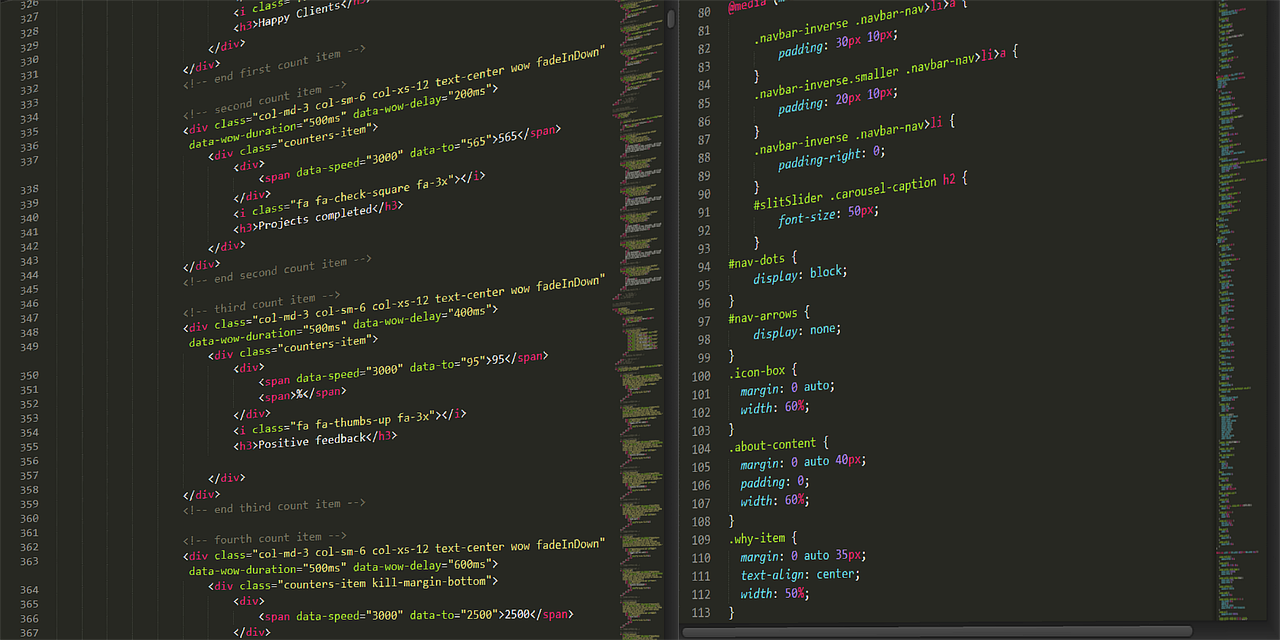In the universe of Python programming, the standard library remains as a gold mine of pre-constructed modules, offering a heap of devices and functionalities. For beginners wandering into the Python scene, understanding and tackling the force of these modules is vital to opening the language’s maximum capacity. In this investigation, we’ll dive into nine must-realize modules inside Python’s standard library, giving a fundamental guide to beginners to explore the adaptable universe of Python programming.
Groundworks of Python Standard Library
The Python Standard Library is the bedrock whereupon Python’s adaptability is fabricated. Consider it a computerized tool stash loaded up with pre-fabricated modules, each intended to perform explicit errands. These modules save engineers from wasting time, offering a bunch of instant devices that cover a huge swath of functionalities. From fundamental activities to perplexing undertakings, the Python Standard Library gives the essential components that make Python programming available and proficient for beginners.
Understanding the job of the Standard Library is likened to getting a handle on the substance of Python itself. It’s not only an extra or a discretionary component; it’s a fundamental piece of the language. For beginners, perceiving this establishment is the most important move towards saddling the maximum capacity of Python.
Embracing the ‘math’ Module
Arithmetic structures the foundation of many programming tries, and the ‘math’ module inside the Python Standard Library is the toolset that rejuvenates numerical activities. From rudimentary computations like expansion and deduction to additional mind boggling capabilities including logarithms and geometry, the ‘math’ module gives a complete set-up of capabilities that take special care of different numerical necessities.
For beginners, embracing the ‘math’ module is tied in with understanding that Python has your back with regards to doing the math. Whether you’re managing monetary information, logical recreations, or any situation requiring exact computations, the ‘math’ module is there to improve on the cycle. A cordial buddy changes apparently overwhelming numerical undertakings into sensible and effective tasks.
Exploring Documents with ‘os’ Module
In the domain of programming, communicating with documents and registries is a typical and essential errand. The ‘os’ module inside the Python Standard Library fills in as your aide in this computerized scene, improving on document tasks and making the investigation of your PC’s record framework a consistent encounter.
Exploring records includes undertakings like checking assuming a document exists, making registries, or in any event, changing the functioning catalog. The ‘os’ module gives works that permit beginners to play out these activities effortlessly. Understanding and embracing the capacities of the ‘os’ module engages beginners to deal with document related assignments unhesitatingly, laying the foundation for additional perplexing ventures including information control and capacity.
Time Travel with ‘datetime’ Module
Time, with regards to writing computer programs, is an aspect that frequently requires cautious taking care of. The ‘datetime’ module in the Python Standard Library goes about as a time machine, permitting designers to easily go through dates and times. Whether you’re working with information that has a fleeting viewpoint or have to compute the length between two occasions, the ‘datetime’ module gives the instruments to explore this transient aspect with accuracy.
Embracing the ‘datetime’ module isn’t just about managing the present; it’s tied in with controlling and understanding time such that suits your programming needs. It offers capabilities to make, design, and perform procedure on dates and times, making it a fundamental ally for any novice wandering into time-delicate programming.
Investigating ‘arbitrary’ Module
In the domain of programming, irregularity frequently assumes a crucial part — whether you’re mimicking true situations, making games, or creating unusual informational indexes. The ‘irregular’ module inside the Python Standard Library is your door to this domain of capriciousness, offering capabilities that bring haphazardness into your projects.
Investigating the ‘irregular’ module resembles adding a hint of unconventionality to your code. Capabilities like randint() permit you to create irregular whole numbers, while arbitrary() produces irregular drifting point numbers. The ‘irregular’ module makes the way for making programs that act powerfully, adding a component of shock and flexibility to your coding collection.
For beginners, embracing the ‘arbitrary’ module is tied in with understanding that flightiness can be saddled and controlled inside the domain of programming. A device infuses life and fluctuation into your undertakings, making your code more unique and locking in.
Organizing with ‘attachment’ Module
The advanced world blossoms with correspondence, and the ‘attachment’ module in Python’s Standard Library is your visa to the domain of systems administration. It gives a bunch of devices that permit your projects to lay out associations, send and get information over networks. Whether you’re fabricating a talk application, a server-client framework, or diving into network programming, the ‘attachment’ module is your partner.
Understanding the ‘attachment’ module opens up opportunities for making applications that impart across gadgets. Capabilities like attachment() empower the formation of attachments, and strategies like send() and recv() work with information trade. Beginners exploring the ‘attachment’ module leave on an excursion into the complex universe of systems administration, acquiring the abilities to fabricate applications that impart flawlessly in the computerized space.

Interfacing with ‘json’ Module
Information trade is a crucial part of programming, and the ‘json’ module in Python’s Standard Library works on this cycle. Understanding this module resembles becoming the best at encoding and translating information in a generally acknowledged design — JSON (JavaScript Item Documentation).
The ‘json’ module permits beginners to consistently change over Python objects into JSON design for transmission and unravel JSON information got from outside sources. The scaffold interfaces Python programs with the more extensive computerized environment. Whether you’re interfacing with APIs, taking care of arrangement records, or trading information between various applications, the ‘json’ module guarantees that information streams without a hitch.
Web Scratching with ‘urllib’ Module
The web is a tremendous storehouse of data, and the ‘urllib’ module in Python’s Standard Library furnishes beginners with the devices to investigate and extricate information from the web. This module resembles a computerized bug, slithering through site pages and getting data for your projects.
Understanding ‘urllib’ is tied in with understanding the ability to automatically get to online assets. Capabilities like urlopen() empower the recovery of pages, while ‘urllib.request’ works with different activities like getting headers or taking care of sidetracks. Whether you’re removing information for investigation, robotizing web communications, or building a web scrubber, the ‘urllib’ module gives the structure blocks to web investigation.
Jumping into ‘assortments’ Module
In the realm of programming, productive information structures are the points of support that help powerful applications. The ‘assortments’ module in Python’s Standard Library is your tool compartment for cutting edge information structures past the nuts and bolts, offering specific holders that improve your capacity to control information.
Understanding ‘assortments’ resembles approaching an extended arms stockpile of information structures. Whether you’re working with namedtuples for organized information, defaultdict for default values in word references, or Counter for productive counting activities, the ‘assortments’ module broadens your abilities. For beginners, this module is a door to additional complex information dealing with, preparing for composing cleaner, more productive code that can handle a different scope of programming difficulties.
Conclusion
All in all, the Python Standard Library is a money box for beginners, offering a different exhibit of modules to raise their coding process. By investigating the ‘math’ module for numerical ability, ‘os’ for record tasks, and ‘datetime’ for time-related errands, beginners establish areas of strength for a.
Wandering into ‘irregular’ adds a smidgen of capriciousness, while ‘attachment’ opens ways to organize programming. The ‘json’ module works on information trade, ‘urllib’ works with web collaborations, and ‘assortments’ offers progressed information structures. For beginners, embracing these modules changes Python into a flexible toolset, giving the fundamental structure blocks to different programming needs.
